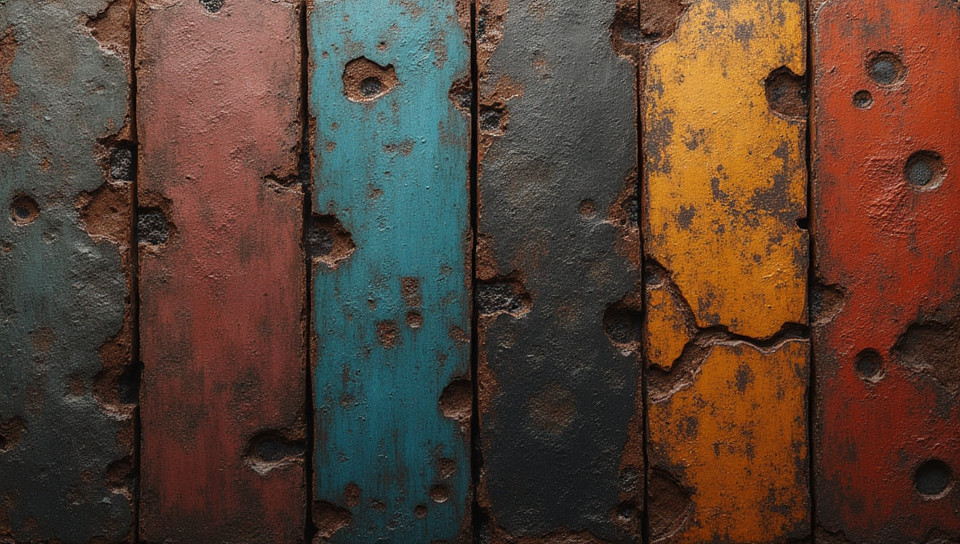Textures contradict the low-resolution aesthetic 92%

Textures and Low-Resolution Aesthetic: A Misunderstood Pair
In an era where pixel art has experienced a resurgence in popularity, the debate about textures and low-resolution aesthetics continues to spark conversations among designers and artists. While some argue that textures contradict the essence of low-resolution art, others claim they enhance its character. In this article, we will explore both perspectives and examine whether textures truly undermine the intended aesthetic.
The Origins of Low-Resolution Art
Low-resolution art has its roots in early computer graphics and video games. Characterized by limited color palettes, simplified shapes, and a general lack of detail, these early designs were often necessitated by technological constraints rather than artistic choice. This aesthetic has since been revisited and reinterpreted as a deliberate design decision.
The Role of Textures
Textures are often associated with more detailed, high-resolution art forms. They can add depth, tactility, and visual interest to an image or design. However, their use in low-resolution contexts can be perceived as incongruous, as they may detract from the intended simplicity and minimalism.
When Textures Work Well
- They can be used effectively to enhance subtle details without overwhelming the viewer.
- High-quality textures can evoke a sense of realism even within a low-resolution framework.
- Textures can add a layer of depth and history to a design, suggesting wear, age, or environmental influence.
Contradictions in Design
The use of textures in low-resolution art may seem counterintuitive because it introduces elements that are not native to this aesthetic. However, the relationship between texture and resolution is more complex than initially thought.
- The contrast between smooth, blocky shapes and organic textures can create a visually appealing tension.
- Textures can serve as a visual anchor within an otherwise minimalist composition.
- In some cases, the deliberate inclusion of textures can subvert expectations and challenge the viewer's perception.
Conclusion
The debate surrounding textures and low-resolution aesthetics is not about which one is "correct," but rather about how they interact. When used thoughtfully, textures can enrich a design without undermining its intended aesthetic. As designers and artists continue to experiment with this unique blend of styles, it becomes clear that textures are not inherently at odds with the essence of low-resolution art. Rather, they offer a new dimension for exploration and creativity within this distinctive visual language.
- Created by: Zion de Guzman
- Created at: Jan. 24, 2025, 11:23 a.m.
- ID: 18648









